Many of us are enduring our second or even third week of a heatwave. Depending on where you are, your new norm may be experiencing summer temperatures exceeding 90 degrees. This is largely due to the rapidly accelerating global warming, which most acknowledge. Our efforts to take small steps in our own lives to make a difference are crucial. There's a vast array of things we can do, such as recycling, composting, using solar power, consuming less meat, growing our food, planting trees, buying less “stuff”, and gardening…
There are some “cool” things happening at the arboretum in the near and far future:
July 20th - Beginner Mushroom ID with Maria Pinto - 3:30 - 5:30 - $25 ~ Buy tickets here.
July 21st - Poetry in the Garden - 3 pm - 4 pm Hortus Writer 2024 Resident - Kristen Holt-Browning, Hortus Writer 2023 Resident- Kasey Jueds, Hortus Writer 2022 Resident Walter Smelt lll.
August 4th - Hortus Garden Tour. We will be highlighting some of the outstanding edible and ornamental plantings that are happening in the arboretum - 2 pm - 3:30 pm ~ $20 Buy tickets here
August 24th - Introduction to Eco Printing with Bonnee Pecquex - Eco-printing, is an artistic technique that uses plant materials to create unique and intricate patterns on fabric or paper. - 12:30 - 3 pm - $75 (includes material fee) ~ Buy tickets here.

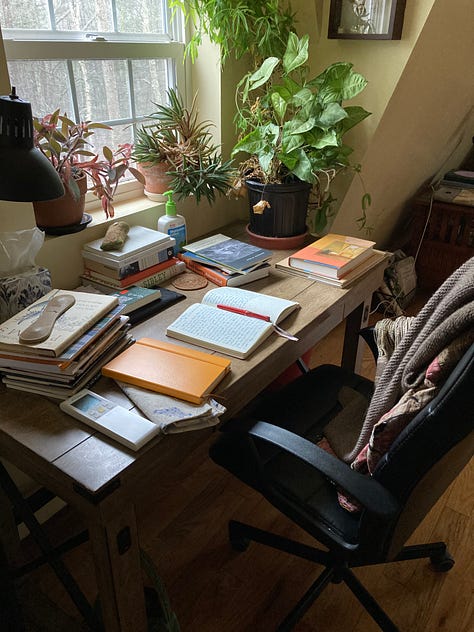
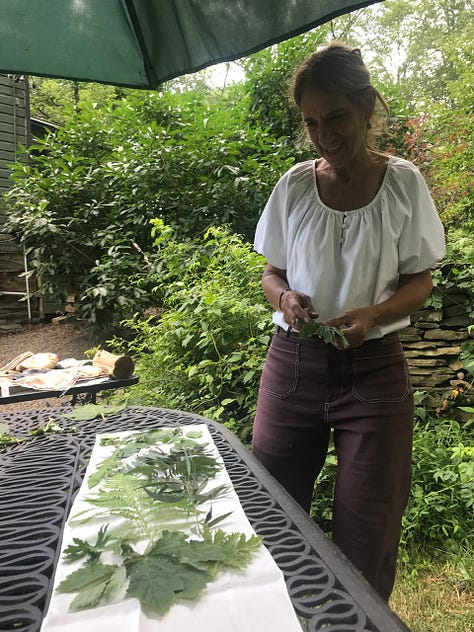
So besides the heat slowing us down, have you ever considered what is does to the plants? For those of us who are in the business of “plants”, besides making sure everything is getting well hydrated (just like we need to be), they too react to the heat in ways that may not be visible right away. It’s called “heat stress” and it can do irreversible damage to plant function or development. Optimum growing conditions for most plants are when the temperature range between 60 - 85°F. A plant’s magnitude of heat stress increases rapidly as the air temperature rises above 85°F, and the severity of damage depends on tissue age, the water content of tissue, and the ability of the plant to make adjustments to temperature changes. High daytime temperatures can injure plants directly by causing hot tissue temperatures, and/or indirectly by creating plant-water deficits that arise due to high transpiration demands. Think about plants is pots, especially black plastic pots!! Even a fully grown tree may lose several hundred gallons of water through its leaves on a hot, dry day. Another shoutout to why mulching around ALL your plants with an organic mulch is so important. Check out this article that goes more into depth.
I started wondering if people and plants respond poorly to the sustaining hot temperatures how do insects fair? I considered the fact that insects are cold-blooded, which means that their body temperature is regulated by the environment. In hot weather, their metabolic rates increase, so they need to eat more to survive.
I spent sometime researching to back up my thoughts and truthfully the top hits all came from pest elimination services explaining the same thing I thought. I’ve included a link to a home pest control from Florida that was the top hit in my search. But when I started digging deeper I did come across some scientific papers, these two from Bristol England that link insects, much like people and plants are adversely affected by hot temperatures as well.
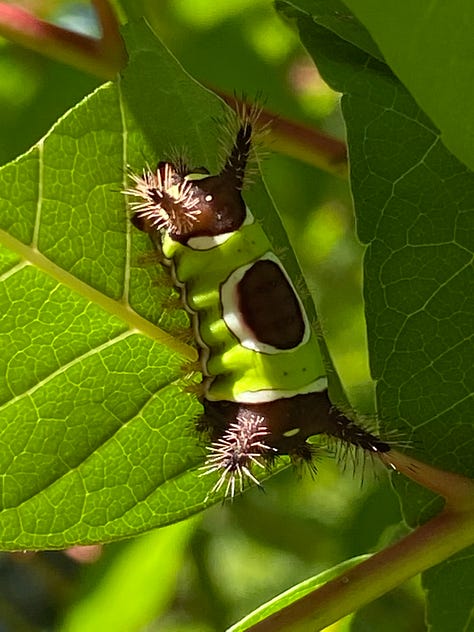
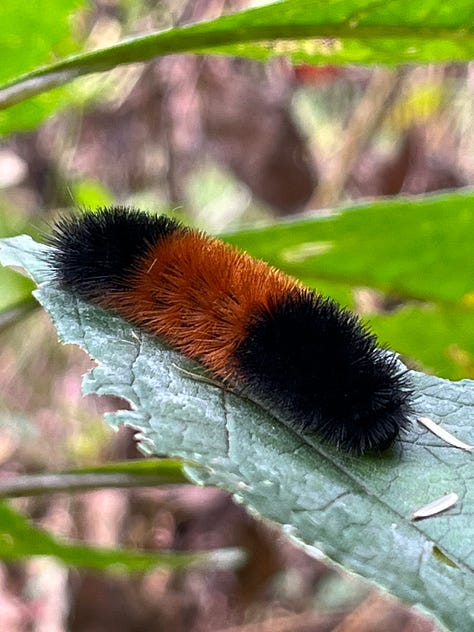
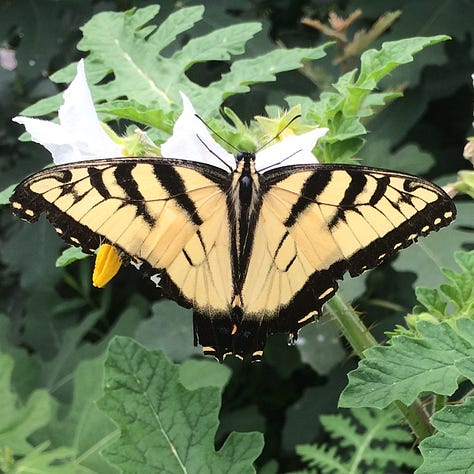
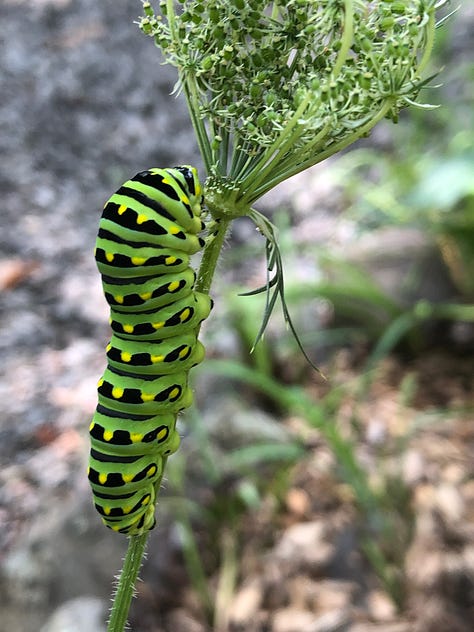
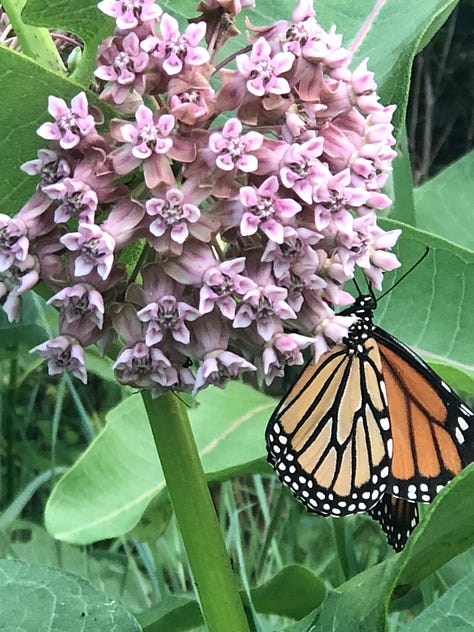
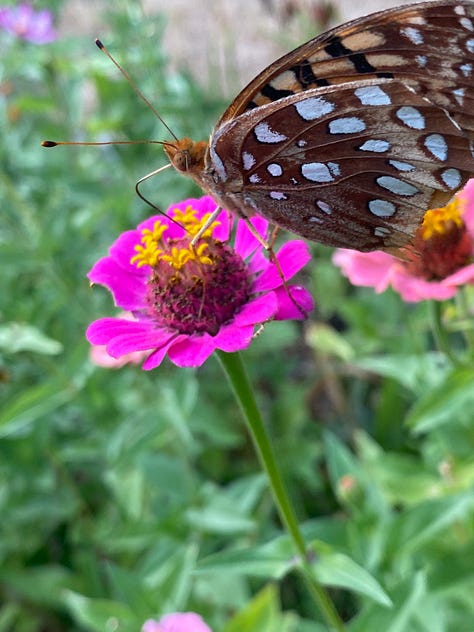
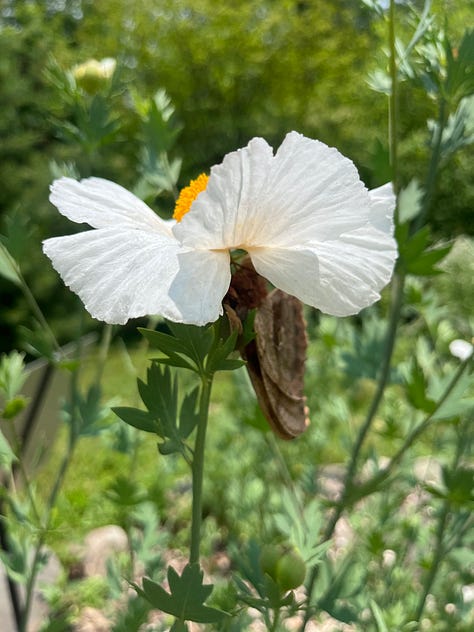
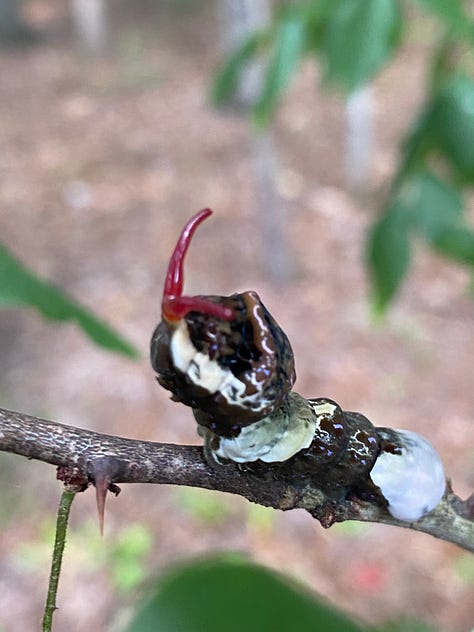
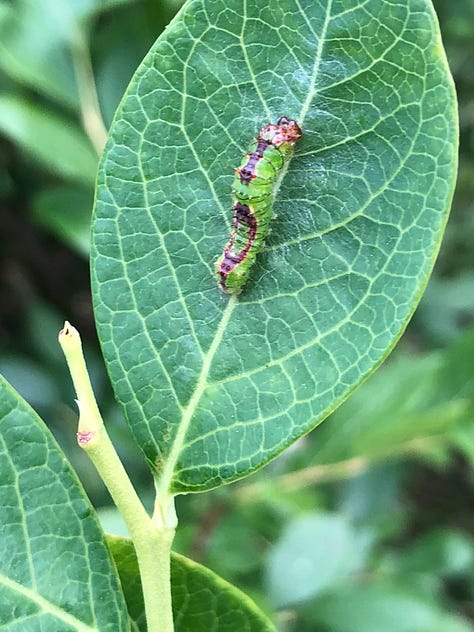
If you are an entomologist, or studying insect behavior and know more about this please comment!!
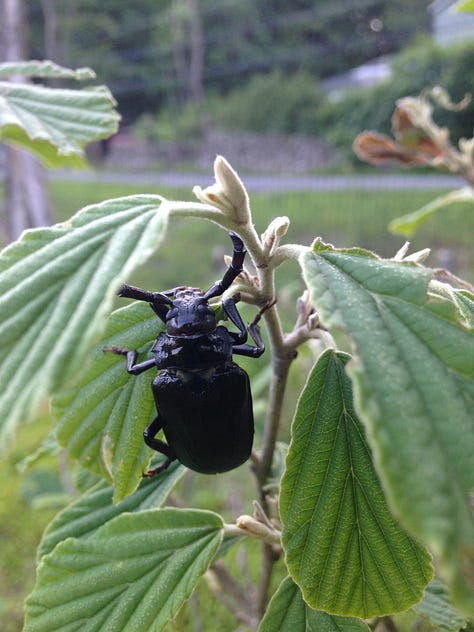
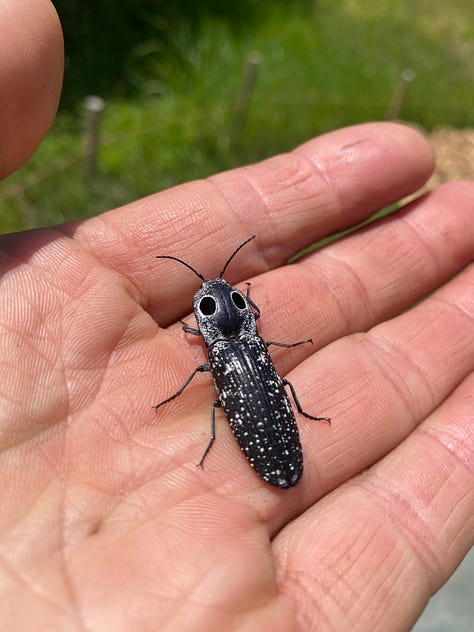
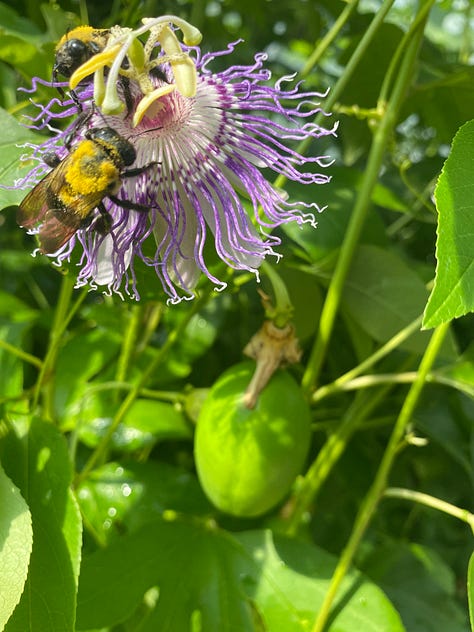
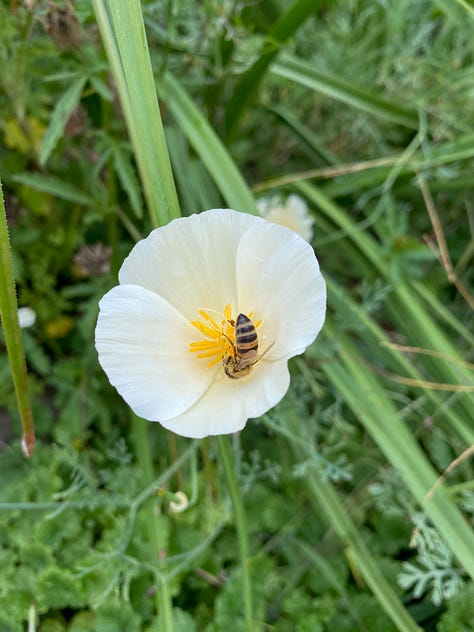
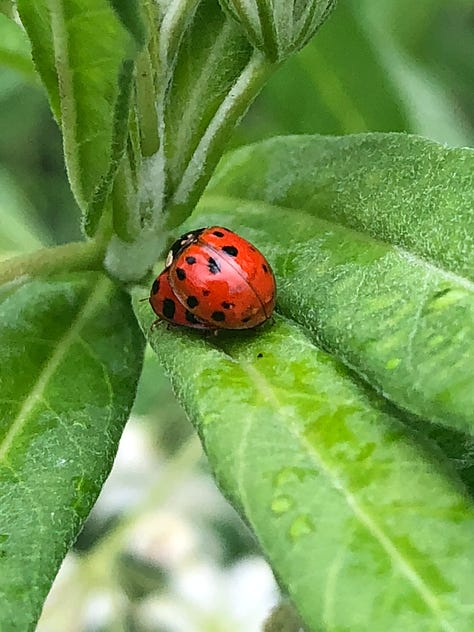
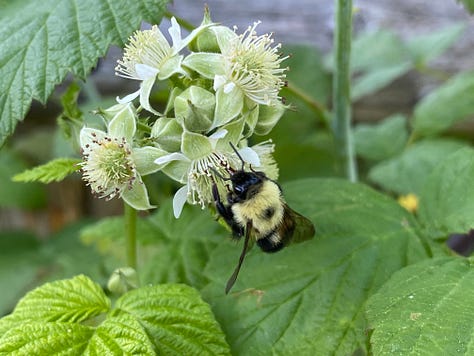
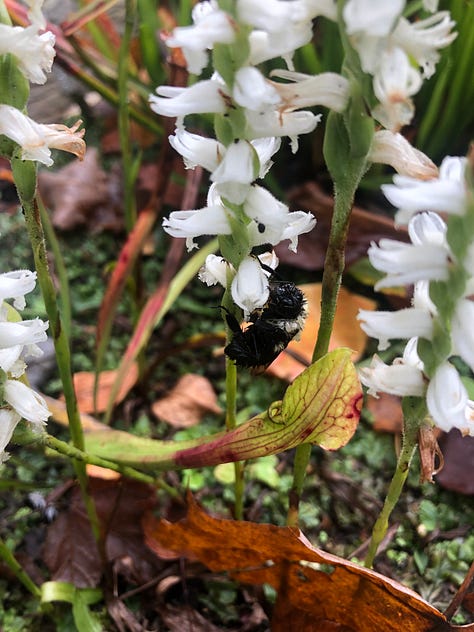
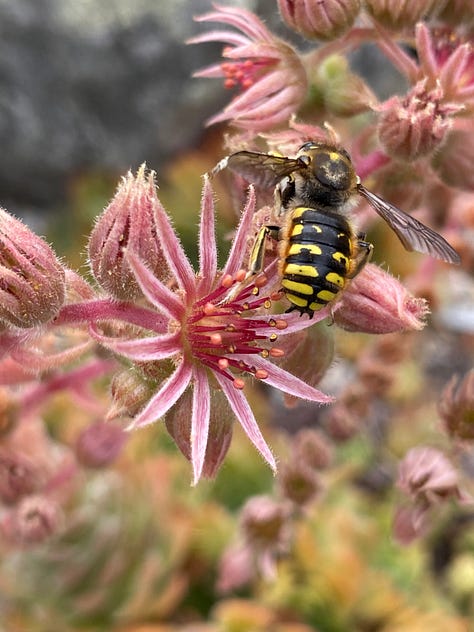
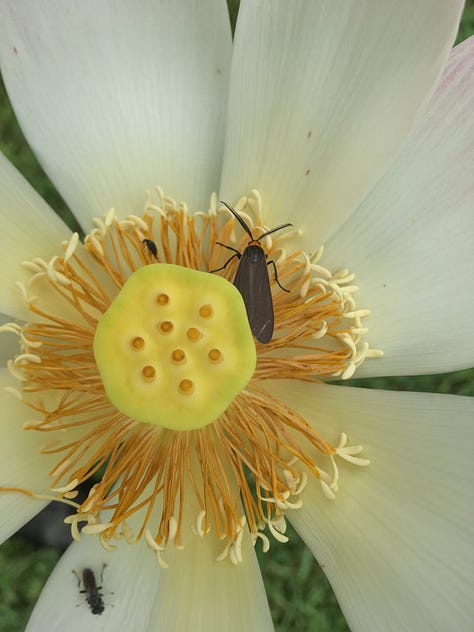
I do like this Insect Diagnostic Laboratory page from Cornell with links to factsheets on many of the insects that most of us come across in our daily gardening (and non-gardening) lives.









If you like plants, you like bugs and insects. You have to not just because they are an important pollinator for 75% of the crops we humans rely on but because quite frankly they are so beautiful. Did you know thay all bugs are insects, but not all insects are bugs? Insects are the most diverse group of animals in the world, representing about 80% of all known species, according to Smithsonian which has an amazing factsheet about all this bugginess!
This has been the season of the HYDRANGEAS!! Are you with me on this? The combination of a warm winter into a wet spring on the East Coast has produced major “floriferousness” that many people have never seen before. There are hundreds of cultivars and even I am often confused what is what when trying to determine what type of Hydrangea macrophylla a plant is or the cultivar of a Hydrangea serrata. Colors are wildly kaleidoscopic, even on the same plant, and luckily the heat didn’t fizzle the fertile and infertile flowers out since it was interspersed with sudden summer downpours, at least here in the Hudson Valley.

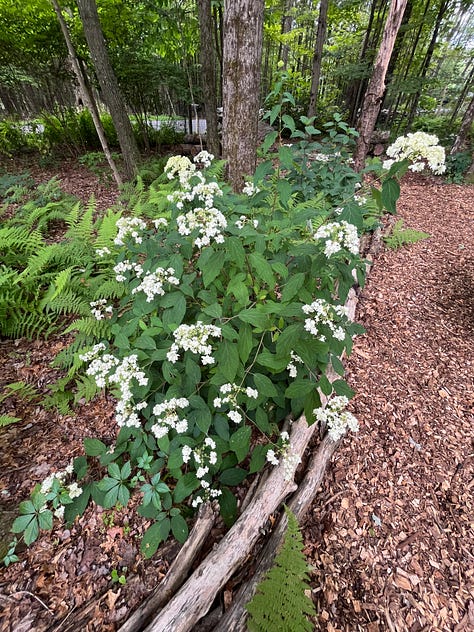
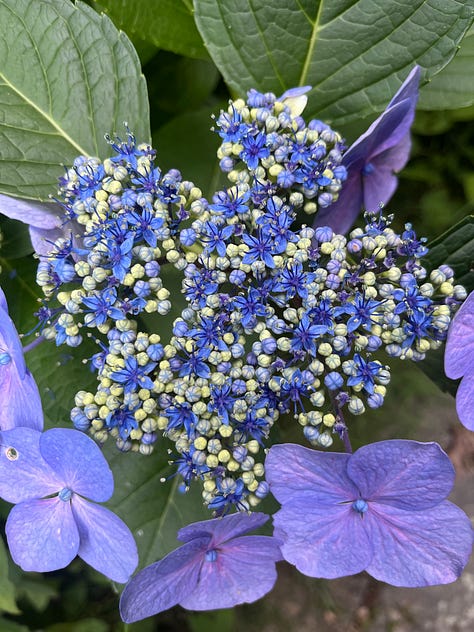
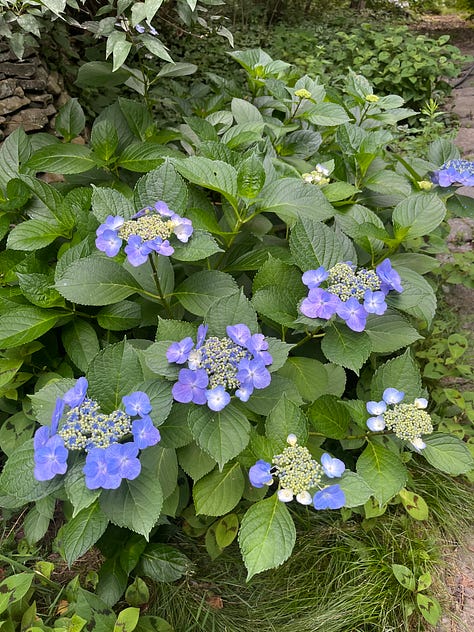

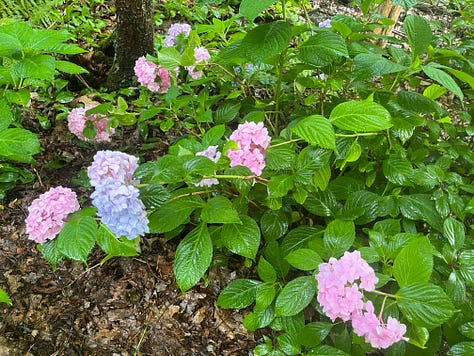
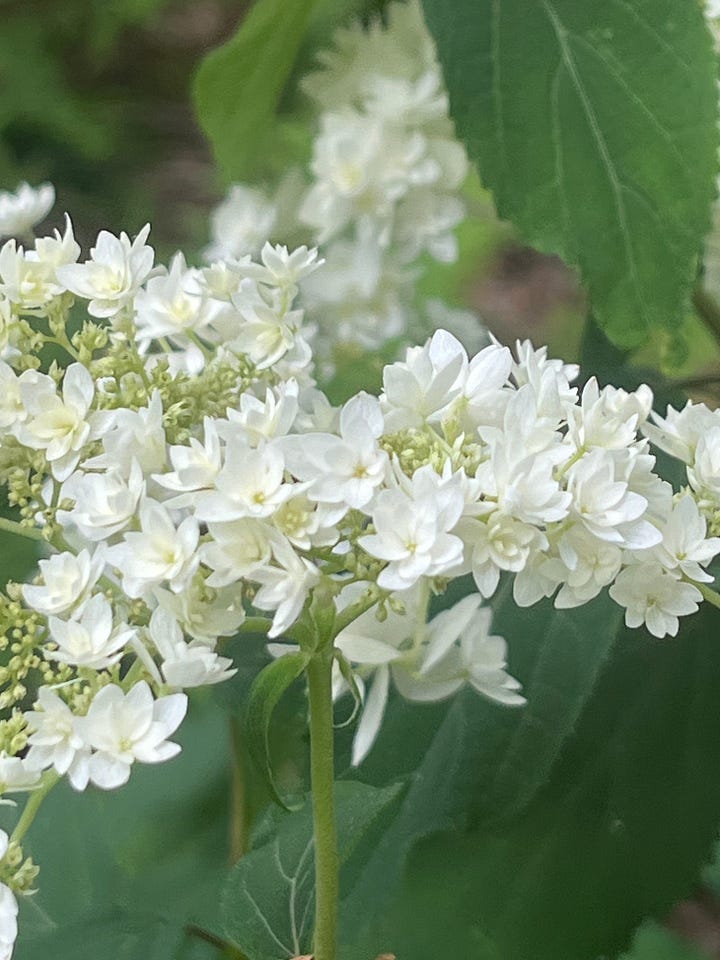
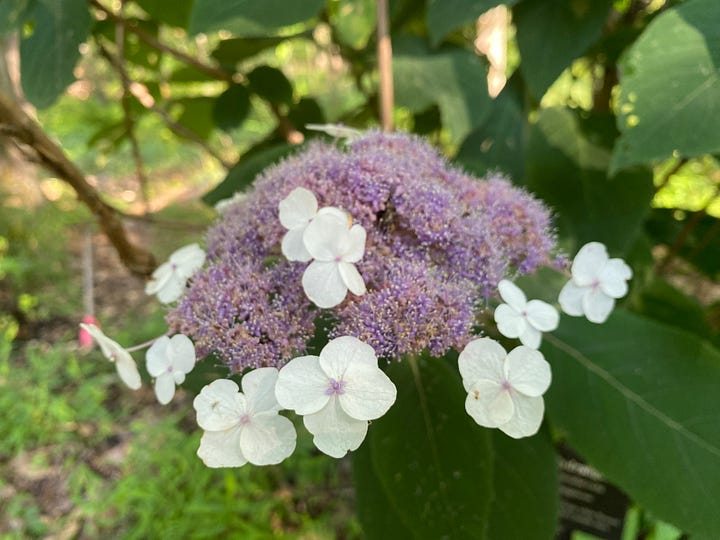
It even made NBC news. Check it out from this Youtube video made two days ago.
Speaking of news, did you know we were interviewed by Margaret Roach for her In The Garden column for the New York Times? We also did a second taping with her about “Oddball Fruits” and for her awaytogarden award-winning podcast. The article touched a lot of people and we are grateful for everyone who reached out to let us know how much they enjoyed reading about what we have been doing here for the last 20+ years. It inspired so many folks to purchase our book, ‘Cold-Hardy Fruits and Nuts’ that the book is now going into a second printing. THANK YOU! IF you enjoyed, our book please consider taking a moment to rate it on Amazon.
Announcing the Fall Artist Residency is now taking applications. The juror is 2024 Summer Artist Resident Sha Luo.
Thanks for spending time with me and my thoughts on all things gardening!
See you in the gardens.

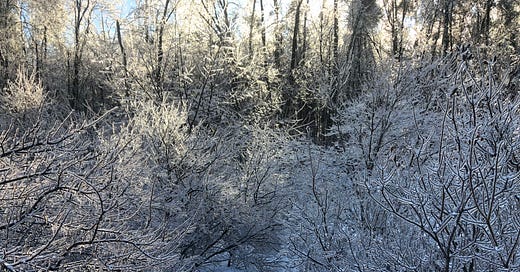




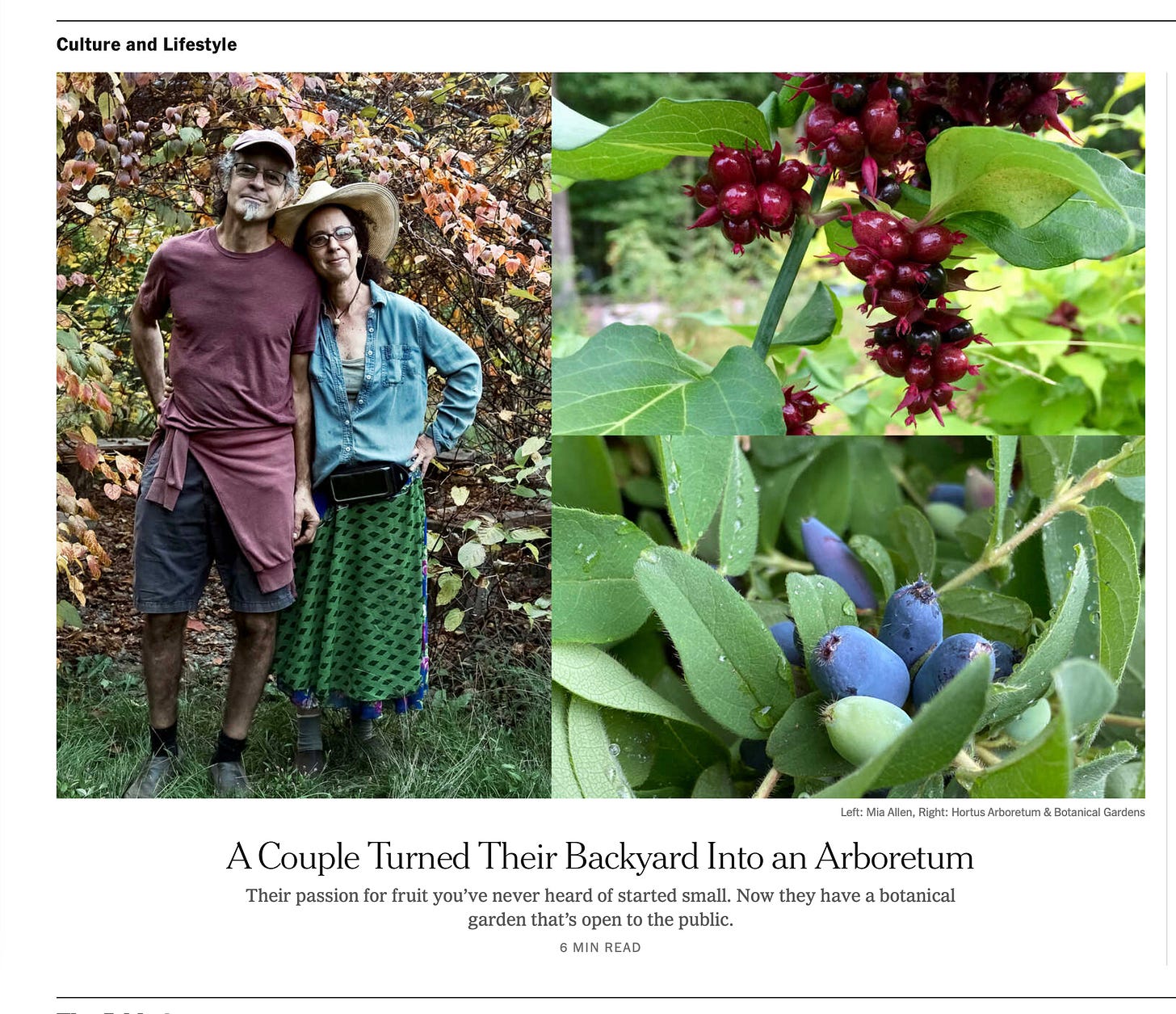
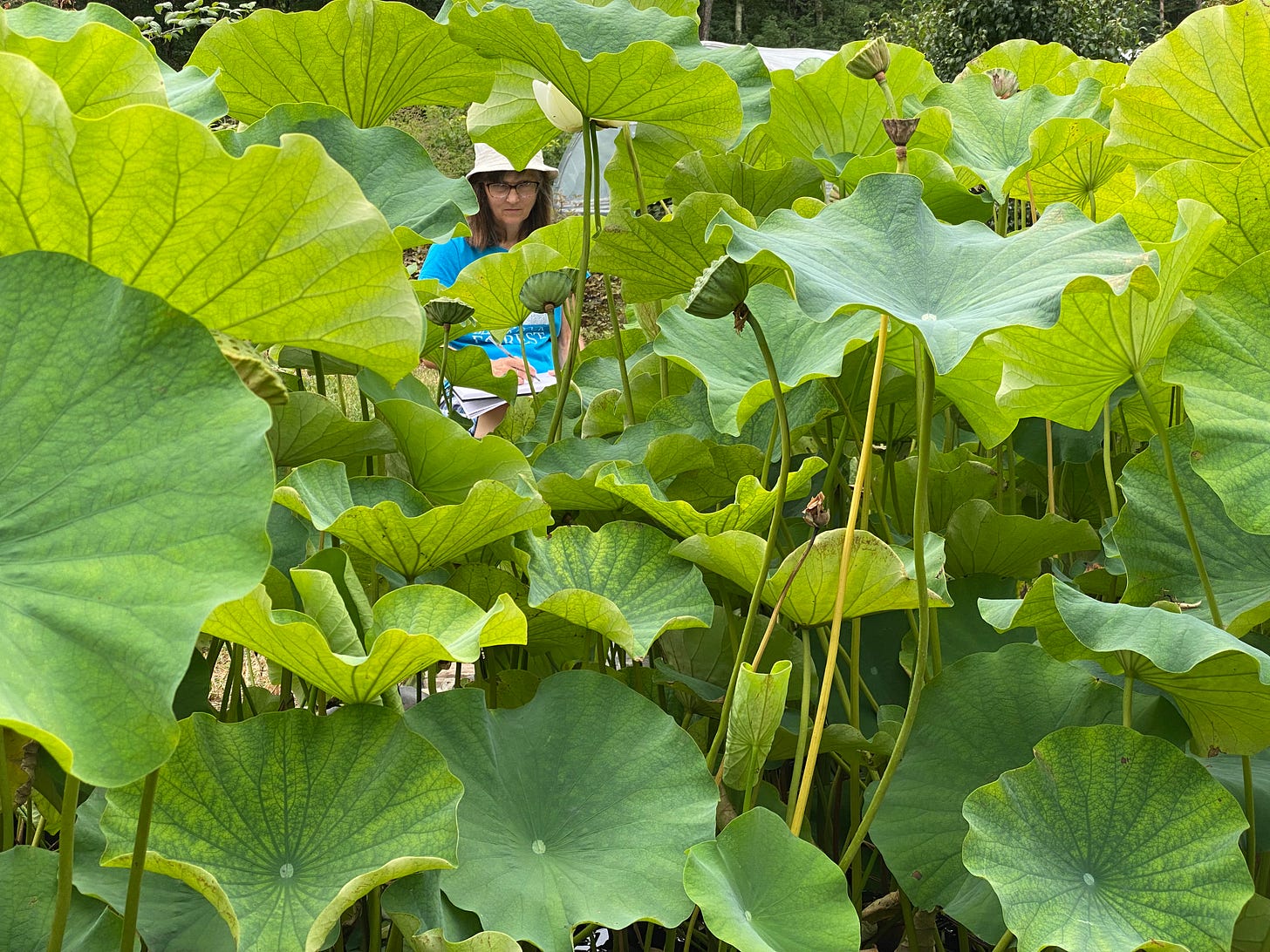
Hello! Is the mushroom walk adults- only? I already have tickets but wanted to double check as my daughter would love to come if she can 🙂